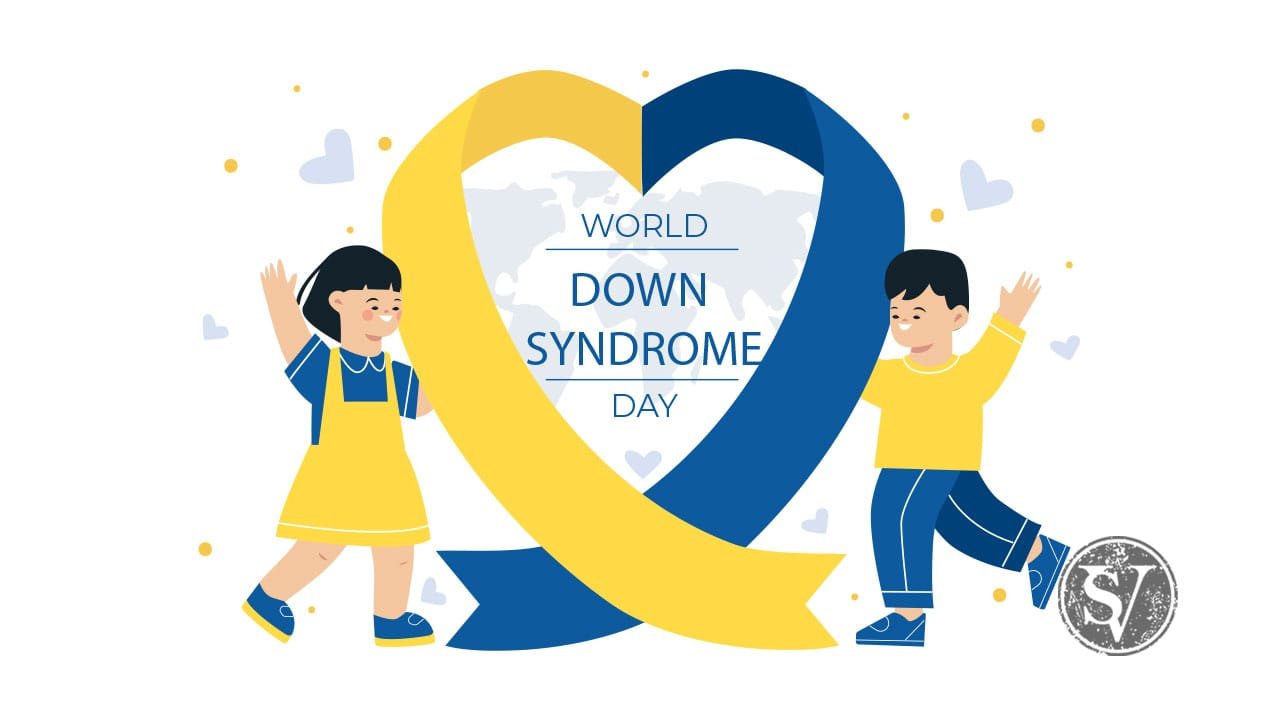United nations (UN) says that Down syndrome occurs when an individual has an extra partial (or whole) copy of chromosome 21. It is not yet know why this occurs, but it has always been a part of the human condition.
Every year World Down Syndrome Day (WDSD) is observed on 21 March to spread awareness about it.
The date being the 21st day of the 3rd month, was selected to signify the uniqueness of the triplication (trisomy) of the 21st chromosome which causes Down syndrome.
What is down syndrome?
It is best described as a genetic condition produced by an additional whole or partial copy of chromosome 21 due to faulty cell division. It results in developmental delays and physical characteristics caused by excess genetic material.
Although infants with it are normally of ordinary size, they grow slowly and remain shorter than other children their age. The symptoms can range from mild to severe intellectual and developmental impairments, with some people arriving in normal health and others presenting with catastrophic health problems such as heart defects.
It is not hereditary. It’s triggered by an abnormality in cell division during the fetus’s early development. However, Translocation can be passed down through generations but it is very rare.
How can you help people with this?
A physical therapist or an occupational therapist will likely get involved when the child is between 6 months and 1 year old. You can take up the following tasks –
A. You can help by being a volunteer in physical therapy which are designed to help build motor skills, increase muscle strength, and improve posture and balance. Low muscle tone is one of the basic characteristic of this disease, which if unaddressed, can lead to long-term problems.
B. You can also help them in improving their communication and language skills, though it requires a lot of patience but goes a long way towards making building a more inclusive society.
C. You can also help people with this disease find ways to compensate for their disabilities to manage everyday tasks.
Do not talk down to people with this disease – treat them like anyone their age. It is also a good idea to talk directly to people with Down’s syndrome. It gives them confidence. But do not use outdated and offensive language when talking to people with Down’s syndrome
